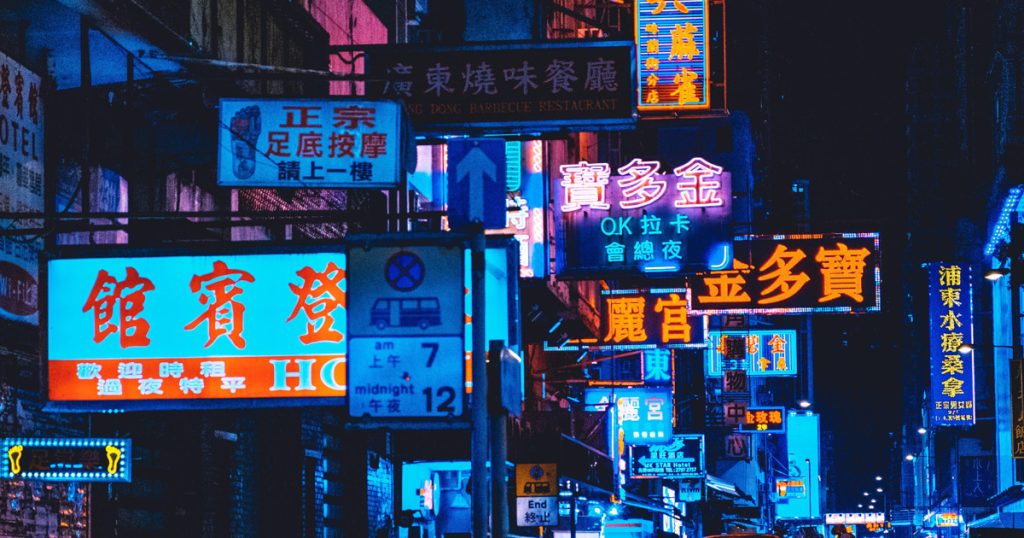Hong Kong is known for its iconic neon signs that have become increasingly rare to find. These signs were once ubiquitous in the city, serving as a symbol of its transformation into an international financial center after World War II. However, the disappearance of these signs has been ongoing for decades due to the availability of cheaper LEDs, tightening regulations, and government safety inspections. Some residents see this loss as contributing to the erosion of Hong Kong’s unique identity, especially as the city faces challenges such as a crackdown on dissent and a struggle to recover from the pandemic.
Neon sign artist Jive Lau expressed that these signs hold memories and stories for many people in Hong Kong, and their removal impacts the city’s cultural landscape. Critics argue that the removal of neon signs further saps the city’s energy, likening it to losing the “makeup” of a city. For businesses like Hop Hing Hot Pot, the removal of their neon sign has resulted in fewer customers and a decline in the vibrancy of the surrounding street. Despite the safety concerns and maintenance costs associated with neon signs, their removal has tangible consequences for businesses and the overall atmosphere of an area.
To preserve the artistic and historical value of neon signs, nonprofit organizations like Tetra Neon Exchange in Hong Kong are dedicated to storing and conserving removed signs. These signs are seen as an important part of Hong Kong’s history, and efforts are being made to give hope to sign owners and makers that the neon industry is not yet at its end. Similarly, the M+ art museum in Hong Kong is also collecting neon signs as part of its efforts to document the city’s visual culture. By preserving these signs, these organizations aim to maintain a connection to the past and keep the neon industry alive.
Veteran neon sign maker Wu Chi-kai reflects on his career in the neon lights industry, which began when he was 18 years old at the urging of his father. While neon lights may not be as commonly found outdoors as they once were, smaller neon signs are still used as decorations in stores, restaurants, and homes. Chan, the general manager of Tetra Neon Exchange, emphasizes the importance of tangible efforts to support the neon industry and show sign owners and makers that there is still hope for its continuation. By recognizing the cultural and artistic value of neon signs, these organizations are working to ensure that the legacy of these iconic symbols is not forgotten.
Overall, the disappearance of neon signs in Hong Kong represents a significant shift in the city’s visual landscape and cultural identity. While advancements in technology and safety regulations have led to the decline of these iconic signs, efforts are being made to preserve their historical and artistic value. As Hong Kong faces challenges such as political unrest and the impact of the pandemic, the preservation of neon signs serves as a reminder of the city’s vibrant past and the importance of maintaining connections to its cultural heritage. By supporting the neon industry and showcasing the value of these signs, organizations are working to ensure that the legacy of Hong Kong’s neon-lit streets is not forgotten.


